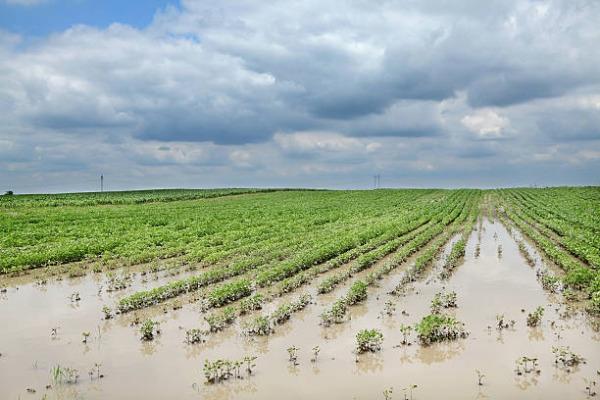How More Springtime Rain is Putting Pressure on Ohio Farmers

An increase in spring rainfall over the Ohio Valley has proven to be a challenge for agriculture across the region, as many farmers have found themselves working harder to plant their crops in an increasingly short time window. This increase can be attributed to climate change, which according to the Fifth National Climate Assessment, has resulted in a 5% to 15% rise in spring rain totals over the last thirty years in the Midwest.
State Climatologist of Ohio Aaron Wilson, assistant professor - Ag Weather and Climate Field Specialist, Department of Extension - College of Food and Agriculture and Environmental Science at The Ohio State University, states that as many as five days of field work in the month of April have been lost since 1995. This has forced farmers to either work longer days or lose out on revenue from unplanted seedlings. To minimize this waste, they must complete as much planting as possible during the sporadic days with favorable conditions, which is long and exhausting work.
In response to this challenge, efforts are being made to respond to a broadening range of possible conditions that farmers may see throughout the year. For Ohio, that means preparing for changing weather patterns and resulting precipitation totals across the state. For many farmers, such preparation can’t come soon enough, as precipitation in the Ohio Valley is projected to increase an additional 8% to 20% by 2050.
To learn more, visit AP News.
